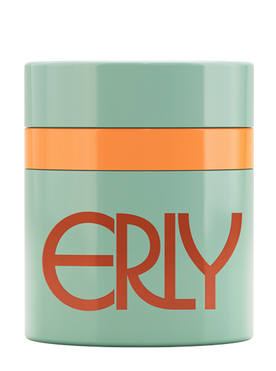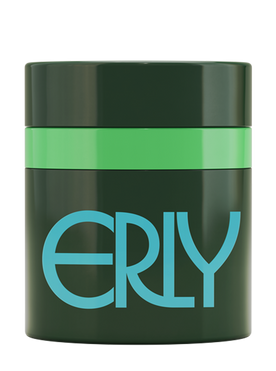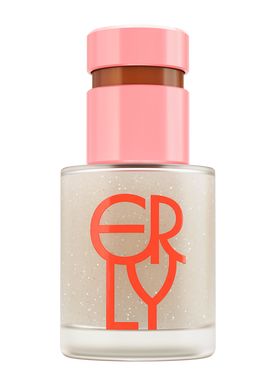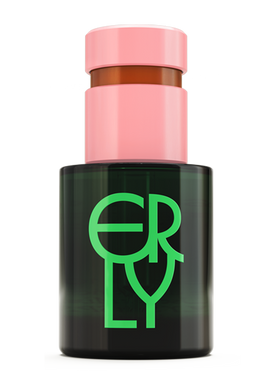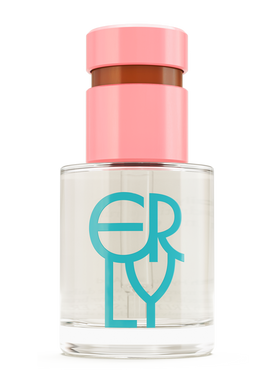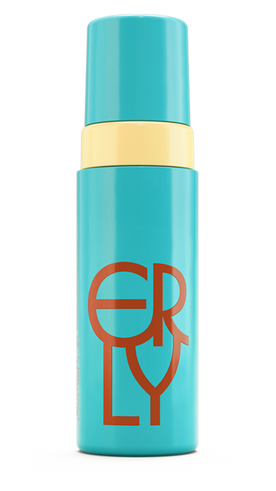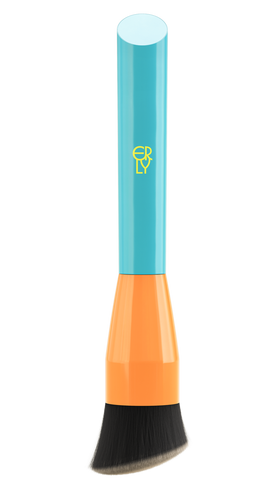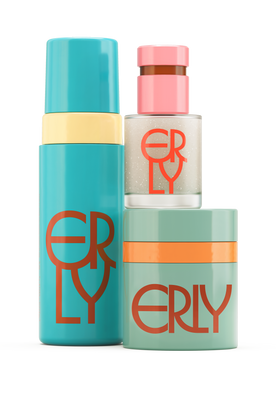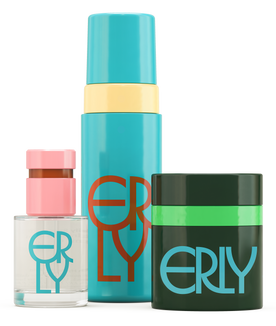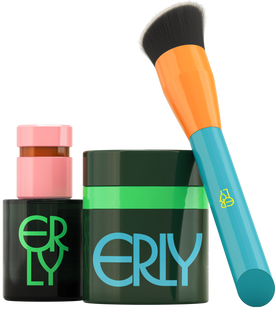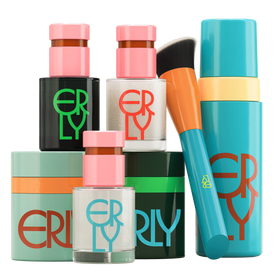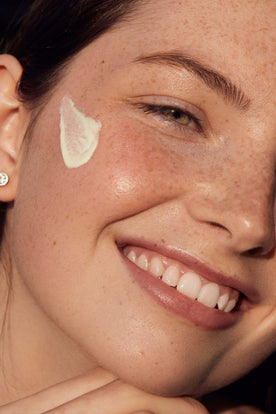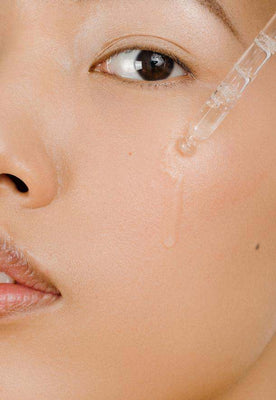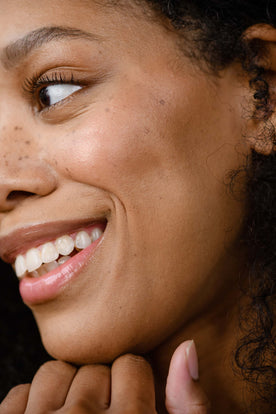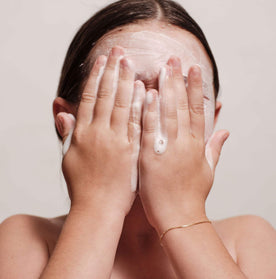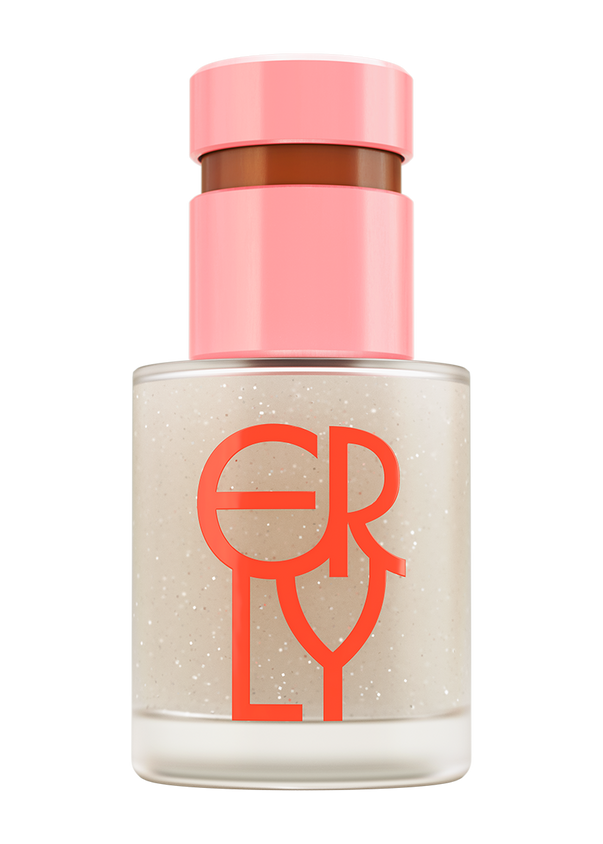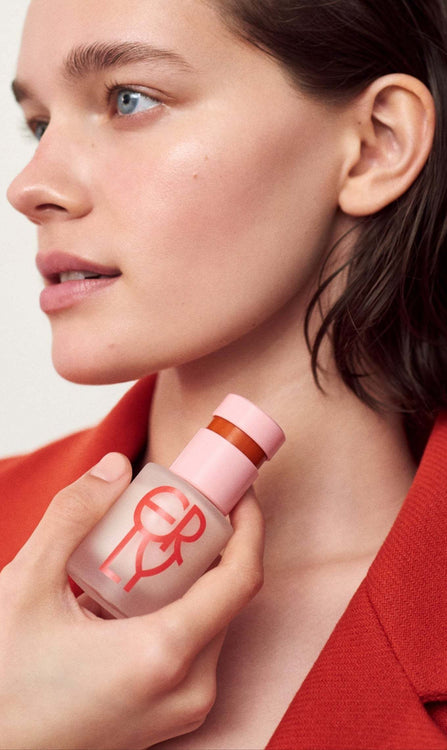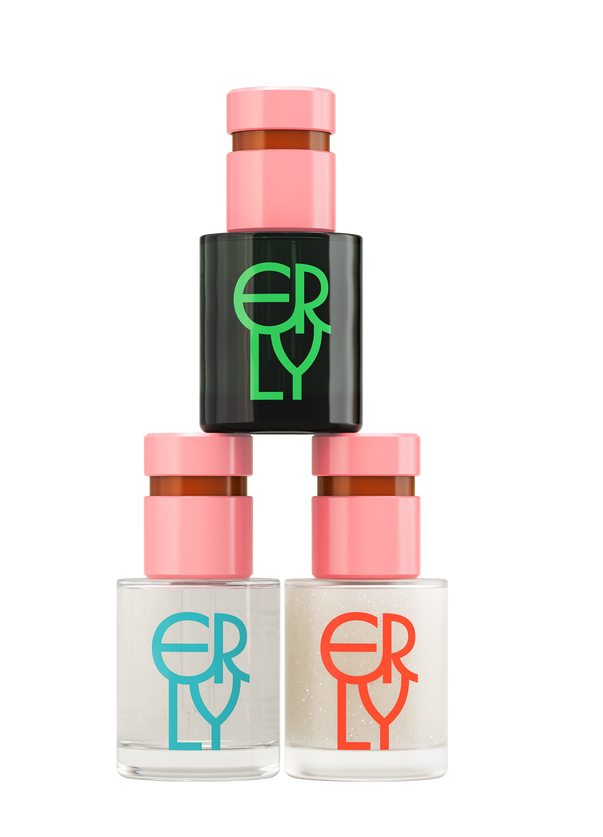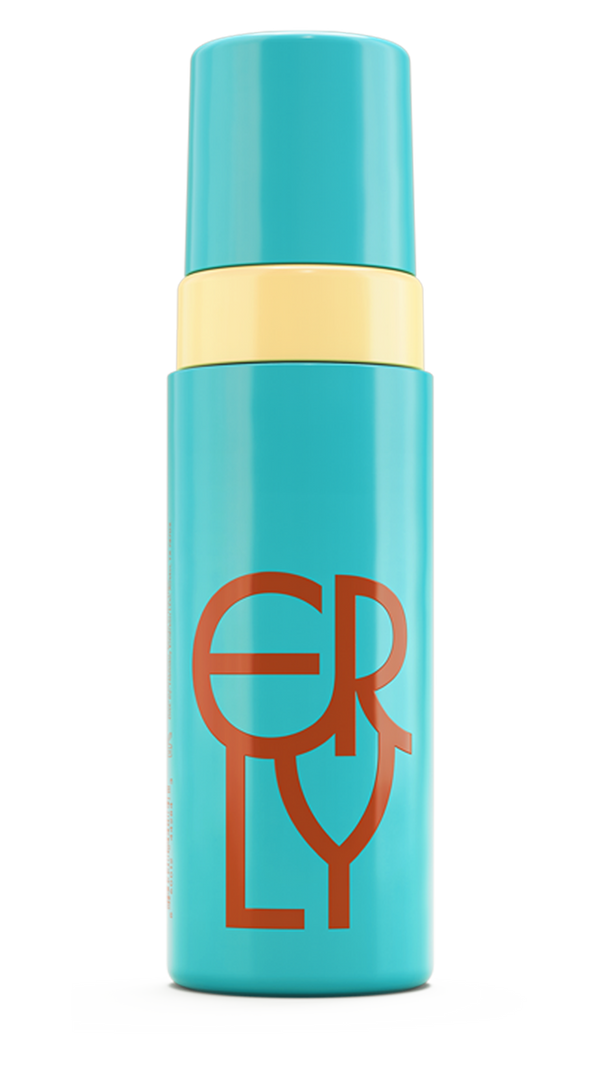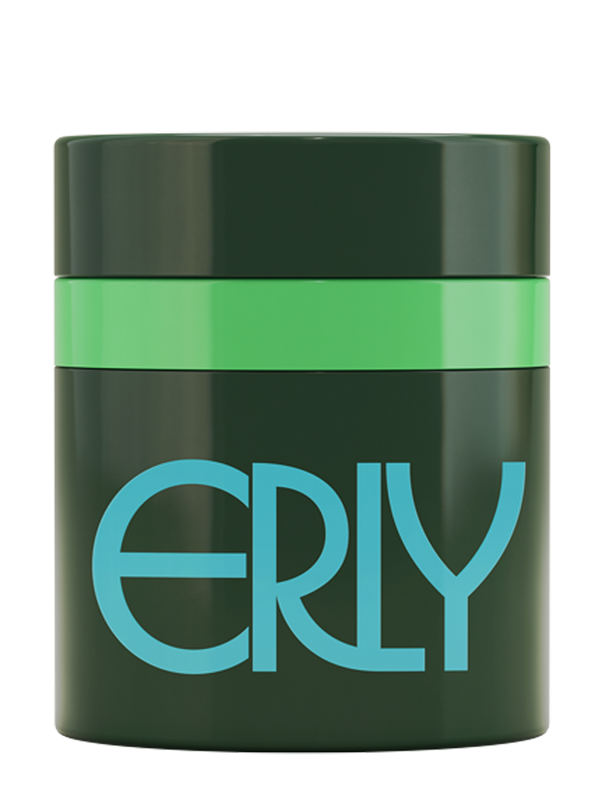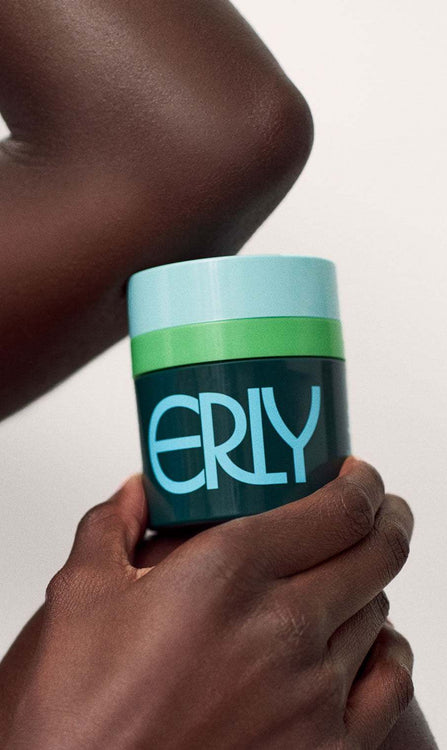Red light therapy has been popping up everywhere lately—spas, dermatologist offices, wellness centers, even at-home LED masks and wands. You may have seen people lying under glowing panels of light and wondered: What exactly is this? Does it really work? And is it safe for me—or my teen?
As a dermatologist, I get asked about red light therapy all the time. Let’s dive into what it is, how it works, what science actually says about it, and whether it’s worth adding to your skincare routine.
What Exactly Is Red Light Therapy?
Red light therapy, also called low-level light therapy (LLLT), photobiomodulation, or simply LED light therapy, uses low-energy red or near-infrared light to target the skin. Unlike lasers, which cut or burn, this type of light is non-invasive, painless, and doesn’t heat the skin in a damaging way.
Think of it like charging your phone. The red light doesn’t replace your battery (your skin’s natural healing system), but it gives it a little boost to work more efficiently.
The light penetrates just below the surface of the skin and interacts with the tiny “power plants” inside your cells, called mitochondria. These mitochondria produce energy for everything your cells need to do—repair damage, grow new tissue, or calm down inflammation. Red light helps them run more smoothly, almost like giving them high-octane fuel instead of regular gas.
What Does the Science Say?
Here’s where things get interesting: red light therapy has been studied, but not all the data is strong or conclusive.
-
Wound healing and tissue repair: Multiple studies show that red light therapy may help wounds heal faster by boosting blood flow and encouraging new tissue growth.
-
Inflammation: Research suggests that red light can reduce inflammation, which is why it’s often marketed for acne or sensitive skin.
-
Collagen production: Some small studies suggest it stimulates collagen, the protein that keeps skin firm and bouncy. This is why red light therapy is sometimes promoted for fine lines and wrinkles.
-
Acne: By reducing inflammation and calming oil glands, red light may help mild breakouts. It’s not a replacement for proven acne treatments, but it can be a helpful addition.
The Gold Standard in Science
In medicine, the gold standard for proving whether something really works is a randomized, placebo-controlled trial. This means participants are randomly assigned to either get the treatment or a “fake” version (placebo), and neither the patient nor the researcher knows who got what until the end. This setup removes bias and gives us the clearest answers.
For red light therapy, we do have some randomized, placebo-controlled trials, but most are small in size and short in duration. They suggest potential benefits for acne, wound healing, and even fine lines, but the evidence is not yet as strong or consistent as we’d like. In other words: red light therapy looks promising, but we need larger, longer-term studies before we can say with confidence that it truly delivers across the board.
So while it’s not in the same evidence category as sunscreen (which has decades of large trials behind it), red light therapy is certainly more than just hype. Think of it as a “supporting actor” in skincare—it may add benefits, but it shouldn’t replace proven stars.
Common Uses of Red Light Therapy
People use red light therapy for a variety of skin and health goals, including:
-
Reducing fine lines and wrinkles
-
Calming redness or sensitivity
-
Improving acne
-
Supporting wound healing
-
Reducing temporary muscle soreness or joint pain
In dermatology offices, you’ll often see it used alongside other treatments—for example, after a laser session or a chemical peel—to help calm the skin faster.
At-home devices are marketed for beauty benefits, like “glowing skin” or “anti-aging.” Some people use them daily, others just a few times per week.
Side Effects: Is It Safe?
One of the reasons red light therapy has become so popular is its safety profile. Unlike lasers or chemical peels, it doesn’t damage the skin’s surface. Most people feel only gentle warmth during treatment, with no downtime afterward.
Possible side effects are rare but can include:
-
Temporary redness
-
Dryness if overused
-
Eye irritation if you don’t use protective goggles
Overall, red light therapy is considered very safe for most people, including skincare for teens who may want help with acne. Still, it’s smart to talk with a dermatologist before starting if you have sensitive skin, eczema, or rosacea, just to make sure it’s the right fit.
Where Does Skincare Fit In?
This is where ERLY comes in. Red light therapy is often paired with topical skincare, and the good news is that ERLY products are safe to use alongside it.
Because ERLY formulas are fragrance-free, hypoallergenic, and barrier-friendly, they complement red light therapy without adding unnecessary irritation.
For example:
-
Use ERLY Face Foam Gentle Cleanser before red light therapy to start with a clean, fresh face.
-
Follow with ERLY Daily Soothe with Niacinamide afterward to calm and hydrate the skin, enhancing the benefits of the light.
-
Don’t forget ERLY Start Moisturizer with SPF 40 during the day, because even though red light therapy doesn’t damage skin like the sun does, UV rays are still the number one cause of premature aging.
The Bottom Line
Red light therapy is an exciting, non-invasive treatment that may support skin healing, reduce inflammation, and even boost collagen production. The science is promising, but the highest level of evidence—large, randomized, placebo-controlled trials—is still limited.
If you want to try it, the good news is it’s very safe and can easily be paired with gentle, barrier-supporting products like those from ERLY. Just remember—it’s not a replacement for sunscreen, healthy habits, or dermatologist-recommended treatments.
Your skin doesn’t need flashy gadgets to glow, but if you enjoy red light therapy, it can be a fun and potentially helpful part of your routine. Pair it with ERLY for the best of both worlds: safe science, gentle skincare, and skin that feels as good as it looks.
